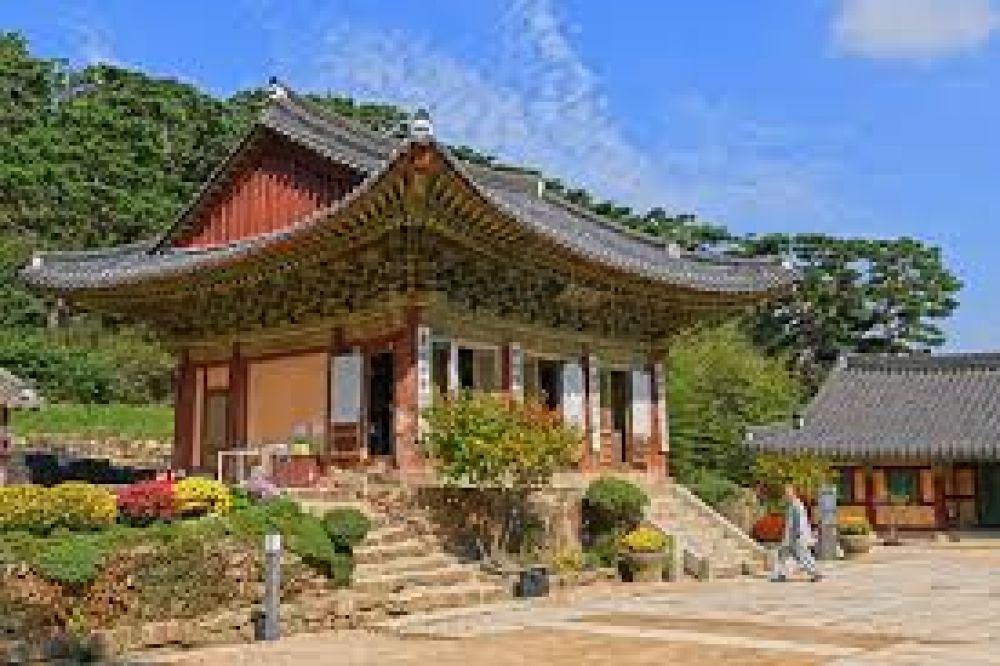

Located on Ganghwa Island in Incheon, South Korea, Jeondeungsa Temple stands as one of the oldest Buddhist temples in the country. Established during the Goryeo Dynasty in the 4th century, the temple has a rich history that intertwines with the chronicles of Korean Buddhism. Originally known as Jinjongsa, Jeondeungsa Temple encompasses a serene atmosphere enriched by its verdant surroundings and ancient architecture, making it a beacon for both religious devotees and cultural tourists.
The history of tourism at Jeondeungsa Temple dates back several centuries, with the temple being a site of pilgrimage for devout Buddhists. However, in recent years, its appeal has broadened to encompass a wider range of visitors who are interested in the cultural heritage and history of Korea. The temple houses a number of national treasures, including the Jeondeungsa Daeungjeon, the main hall, which has been designated a Korean national treasure.
Over time, Jeondeungsa Temple has embraced its role as a tourist destination. Visitors are drawn by the opportunity to explore its historic halls, such as the Daeungbojeon and the beautiful canopy of lanterns that become especially prominent during the Lotus Lantern Festival to celebrate Buddha's birthday.
In recent years, Jeondeungsa Temple has responded to the latest tourism trends that favor experiential and sustainable travel. The temple offers Templestay programs that allow visitors to experience the life of a Buddhist monk and engage in activities such as meditation, tea ceremonies, and Seon (Zen) practice. This immersive cultural experience caters to those seeking respite from the hustle and bustle of urban life, and it aligns with global trends that emphasize mindfulness and well-being.
Eco-tourism is also gaining traction, with visitors showing increasing interest in the environmental aspects of their travel destinations. The lush forests and serene landscapes surrounding Jeondeungsa Temple provide a perfect setting for nature walks and an opportunity to appreciate the ancient trees designated as natural monuments, like the revered 600-year-old zelkova tree near the temple’s entrance.
Technological advancements have impacted tourism as well, with virtual tours and detailed online information making Jeondeungsa Temple more accessible to international audiences. This digital presence provides a platform for those unable to visit in person to engage with the temple’s historical and spiritual heritage.
Overall, Jeondeungsa Temple’s blend of historical sanctity, cultural experiences, and nature tourism make it not only a key destination for those interested in Korean Buddhism and history but also for travelers seeking unique and authentic experiences. Efforts to preserve the temple’s heritage while accommodating modern travel preferences ensure the temple remains a beloved and integral part of South Korea’s tourism landscape.